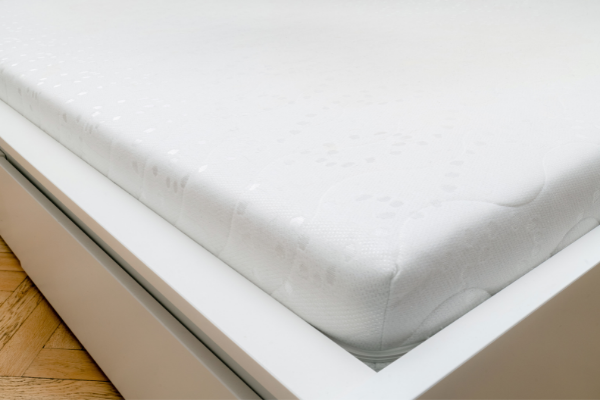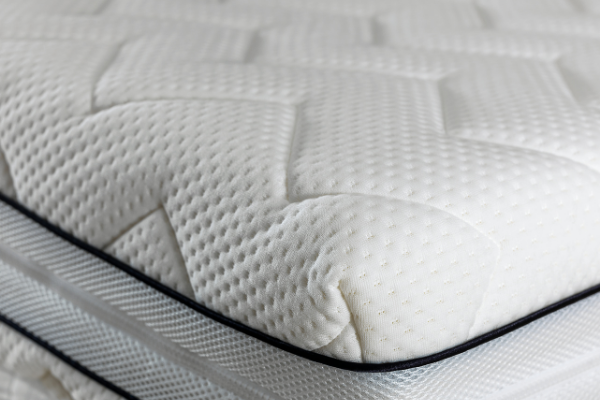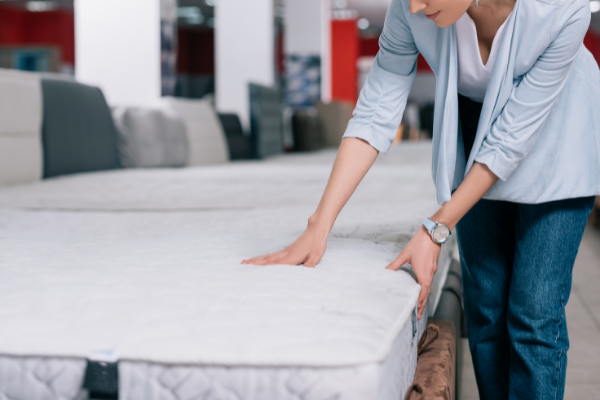
We spend a great part of our lives in our houses and also sleeping on our mattresses. Have you ever considered replacing your old mattress? If so, you’ve probably noticed that there are several types of modern mattresses to choose from. To most people, this is a great thing because it means they have more opportunities to find the perfect fit. Unfortunately, this multitude of options also makes it hard to decide which mattress would be best suited for your needs. With hundreds of beds available in dozens of categories, it’s easy to become overwhelmed.
We can assist you if you’re looking for a new foam but aren’t sure what to get. Let’s compare memory foam and innerspring mattresses, their advantages and disadvantages, and what to take into account before making a purchase.
What Are Memory Foam Mattresses?
The memory foam mattress is formed by chemically increasing the density and viscosity of polyurethane foam. There are no innersprings in a memory foam mattress. The core is entirely made of memory foam and is occasionally topped with extra foam layers.
Memory foam mattresses, with their contouring foam, help to alleviate back and joint pain. Mattresses made of memory foam are ideal for those who prefer to sleep on their backs or sides.
In comparison to innerspring mattresses, memory foam’s lack of bounce is immediately apparent when you lie down on it. Rather than that, it has an enveloping quality. Memory foam conforms to your body’s shape and evenly distributes your weight across the mattress. This significantly reduces the pressure points associated with tossing and turning.
While memory foam mattresses are still relatively new in comparison to innerspring mattresses, they have existed in various forms for several decades.

What Are Innerspring Mattresses?
An Innerspring mattress can feel very different from one another based on the type of springs, how thick and dense they are, how they are connected, and how they are made.
A metal coil framework is used to construct an innerspring mattress. These coils are responsible for the mattress’s springy feel. The coil thickness usually determines the firmness of a mattress. Gauges are used to measure the thickness of coils, with higher gauges indicating a thinner coil. A 15-gauge coil innerspring, for example, will have a softer feel than a 13-gauge coil innerspring.
Coils aren’t the only thing that affects softness. Typically, innerspring are padded with multiple layers of foam. The size, material, and purpose of these foam layers vary. Some of them are intended to help. Some add a layer of softness. Some can help relieve pressure points on your body, resulting in less tossing and turning at night.
The quilted top of the upholstered layer determines the plushness and feel of the mattress. A traditional innerspring mattress is made up of multiple layers of foam, quilts, fiber pads, coils, and springs.

Pros And Cons Of Memory Foam Mattresses
Memory foam mattresses have a number of advantages.
- They’re supple. Memory foam is a good option if you want something soft.
- They conform to your body. Memory foam is known for its ability to contour your body. It also re-shapes itself as you move around.
- They’re easy to come by on the internet. Numerous online retailers offer memory foam mattresses with the growing popularity of bed-in-a-box mattresses.
- They help to isolate movement. Memory foam absorbs motion, which is advantageous if you share a bed with a partner.
There are some disadvantages as well.
- The quality varies. There are some excellent memory foam mattresses available. However, their growing popularity has resulted in a plethora of subpar versions.
- Memory foam mattresses are becoming increasingly popular, but make sure it is right for you before you buy one.
- It’s possible that they’ll release gas. In addition, memory foam has the potential to emit chemicals with a distinct odor. Look for mattresses that have safety certifications, such as CertiPUR-US, to help you avoid this.
- They have the ability to make you feel “stuck.” Some people prefer the contouring provided by a memory foam mattress, while others dislike the feeling of being “in” rather than “on top” of it.
Pros And Cons Of Innerspring Mattresses
There are a few key advantages to innerspring mattresses.
- They might be less expensive. A simple spring mattress may become less costly than a memory foam mattress that is loaded with bells and whistles, such as cooling gel foam.
- They are extremely helpful. Coils are made to hold your weight so you don’t feel like you’re sinking down.
- They follow you around. The more bounce you get from a spring mattress, the less stuck you will feel.
In the same way that a memory foam mattress has some problems, an innerspring mattress has problems, too.
- They aren’t as effective at motion isolation. If your partner moves around a lot while they sleep, you’ll be able to feel it.
- They can make a lot of noise. When you move around, springs can make noise. Foam is a quieter material.
- Innerspring mattresses gradually lose their comfort level – they will not feel the same in five years as they do now.
Which Is The Better Option For You?
In the end, choosing the right mattress for you is more complicated than simply deciding between foam or spring. Both types of mattresses are available in high quality, comfortable, and supportive versions – it’s just a matter of choosing the right model for the best sleep quality.

There are still a few things to think about.
- A good foam mattress will satisfy the majority of people. Foam is a good middle ground because it is supportive and relieves pressure at the same time. It also feels soft and comfortable. Side sleepers, in particular, prefer foam mattresses because they conform better to the body’s shape.
- Sleepers who are hot. People who sleep on memory foam mattresses get hot because they trap heat. This isn’t very common with innerspring mattresses, though. The coils encourage airflow throughout the mattress, which helps regulate temperature and provides a cooler sleeping environment.
- Heavy or stomach sleepers should opt for innerspring, hybrid, or extremely firm foam beds to ensure adequate support. Softer foam models may sink too much for these sleepers, making them uncomfortable.
- High-quality innerspring mattresses typically give even support, which might assist a back sleeper in keeping their spine straight.
While it might not be easy, the best thing to do is visit a few different mattress showrooms and test out the various brands. That’s how you’ll be able to come to a better decision about which type is right for you.
